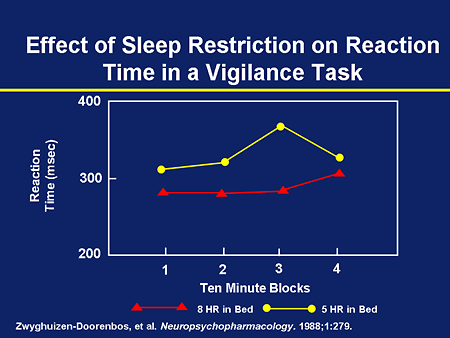The accounting equation may be expressed as The accounting equation may be expressed as a Assets = Equities Liabilities b. Assets Liabilities =
20 8 月, 2021 5:06 下午 Leave your thoughts
The assets and liabilities of the company are $128,000 and $84,000, respectively. If assets are $388,000 and liabilities are $185,000, then calculate the equity. If liabilities are $57,000 and assets are the accounting equation may be expressed as $173,700, determine the amount of equity. Yes the owner also has a claim to the property for property invested into their business and any increases or decreases resulting from operating the business.
- In this form, it is easier to highlight the relationship between shareholder’s equity and debt .
- The accounting equation emphasizes a basic idea in business; that is, businesses need assets in order to operate.
- It’s vitally important that the accounting equation balance because, if not, your financial reports will not make sense.
- Locate the company’s total assets on the balance sheet for the period.
A mark in the credit column will increase a company’s liability, income and capital accounts, but decrease its asset and expense accounts. A mark in the debit column will increase a company’s asset and expense accounts, but decrease its liability, income and capital account. You can find a company’s assets, liabilities, and equity on a few key financial statements, including the balance sheet and the income statement. These financial statements give a quick overview of the company’s financial position. The accounting equation makes sure the balance sheet is balanced, showing that transactions are recorded accurately.
Assets
Your earnings increase your personal wealth and your living expenses and draws decrease your personal wealth . Refers to the owner’s (stockholders’) investments in the business and earnings. These two components are contributed capital and retained earnings. Figure 1.1 Graphical Representation of the Accounting Equation. Both assets and liabilities are categorized as current and noncurrent. Also highlighted are the various activities that affect the equity of the business.
How can the accounting equation be expressed?
The accounting equation formula is: Assets = Liabilities + Owners' or Stockholders' Equity.
The accounting equation shows on a company’s balance that a company’s total assets are equal to the sum of the company’s liabilities and shareholders’ equity. This straightforward relationship between assets, liabilities, and equity is considered to be the foundation of the double-entry accounting system. The accounting equation ensures that the balance sheet remains balanced. That is, each entry made on the debit side has a corresponding entry on the credit side.
Want to see the full answer?
While very small or simple businesses can sometimes make single-entry accounting work, everyone else is wise to use the double-entry accounting—in part because it has error-avoidance built right in. Regardless of how long it takes to produce and sell inventory, inventory is alwaysconsidered to be aA) current asset.B) current liability.C) long-term asset. If the revenue of a period exceeds the expenses, the excess represents a net loss.
- This equation must balance because everything the entity owns has to be purchased with something, either a liability or owner’s capital.
- Assets include cash and cash equivalentsor liquid assets, which may include Treasury bills and certificates of deposit.
- A business has assets of £110,000, liabilities of £30,000, income in the year of £20,000 against expenses incurred of £10,000 and capital at the beginning of the year of £70,000.
- The major and often largest value asset of most companies be that company’s machinery, buildings, and property.
- The accounting equation makes sure the balance sheet is balanced, showing that transactions are recorded accurately.
Categorised in: Bookkeeping
This post was written by pencil
